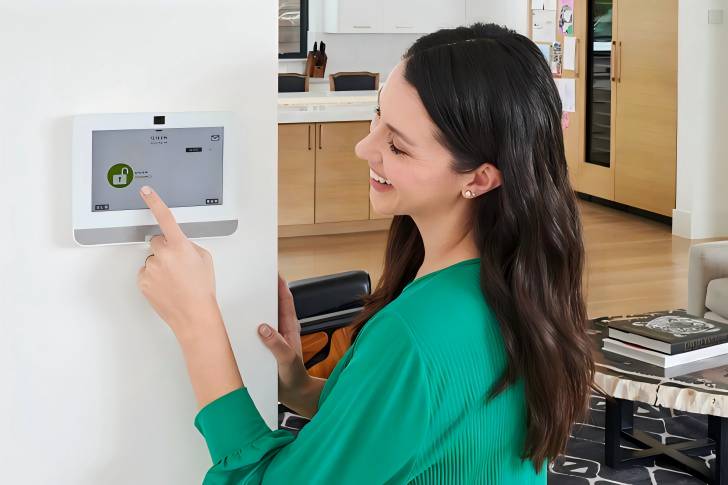How to Upgrade Your Home Security with Smart Technology
Upgrading your home security with smart technology provides enhanced control, flexibility, and peace of mind, allowing you to monitor and protect your home from anywhere with just a few smart devices and a user-friendly app.

Steps to Upgrade Your Home Security with Smart Technology
1. Assess Your Current Security Needs
The first step is to assess your current security setup and identify any vulnerabilities. Ask yourself the following:
- Do I have external security like cameras or motion detectors?
- Are there weak spots in my home, such as dark areas outside or blind spots in current camera coverage?
- Am I looking for security for the entire home or just specific areas (such as the entrance or back yard)?
2. Choose the Right Smart Devices
There are a variety of smart security devices available, and choosing the right ones depends on your specific needs. Common devices include:
- Smart Cameras: These provide live video feed, motion detection, and two-way audio for communication.
- Smart Locks: Allow you to lock or unlock your doors remotely and provide keyless entry for family members or guests.
- Smart Doorbells: These come with cameras and motion detectors that notify you when someone is at your door, even if they don’t ring the bell.
- Smart Alarms and Sensors: These include motion sensors, door/window sensors, and glass break detectors that trigger alarms when suspicious activity is detected.
- Smart Lighting: These lights can be set to turn on automatically when motion is detected, helping to deter intruders.
3. Install a Central Hub or App
Most smart security systems operate through a central hub or mobile app, which acts as the control center for all connected devices. Some systems, such as Amazon Alexa or Google Assistant, allow for voice control and integration with other smart home devices.
- Compatibility: Ensure the devices you select are compatible with your home network and other smart devices.
- Ease of Use: Look for systems with user-friendly apps that provide clear interfaces and allow you to customize settings easily.
4. Integrate With Existing Systems
If you already have a traditional security system in place, you might not need to replace everything. Some smart devices, like cameras or smart locks, can integrate with your existing setup, offering additional features like remote access or app notifications.
5. Set Up Zones and Automations
Once your smart security devices are installed, configure zones and automation to maximize efficiency. For example:
- Set up cameras to cover all entry points, such as doors and windows.
- Create automation rules, such as turning on exterior lights when motion is detected after dark.
- Set specific alerts for different areas of your home, such as separate notifications for indoor and outdoor sensors.
6. Monitor and Maintain Your System
Routine maintenance is essential to ensure your smart security system works optimally. Regularly update the firmware on your devices, replace batteries, and check camera positioning. Many systems offer health checks through the app, ensuring everything is running smoothly.







Recent Comments